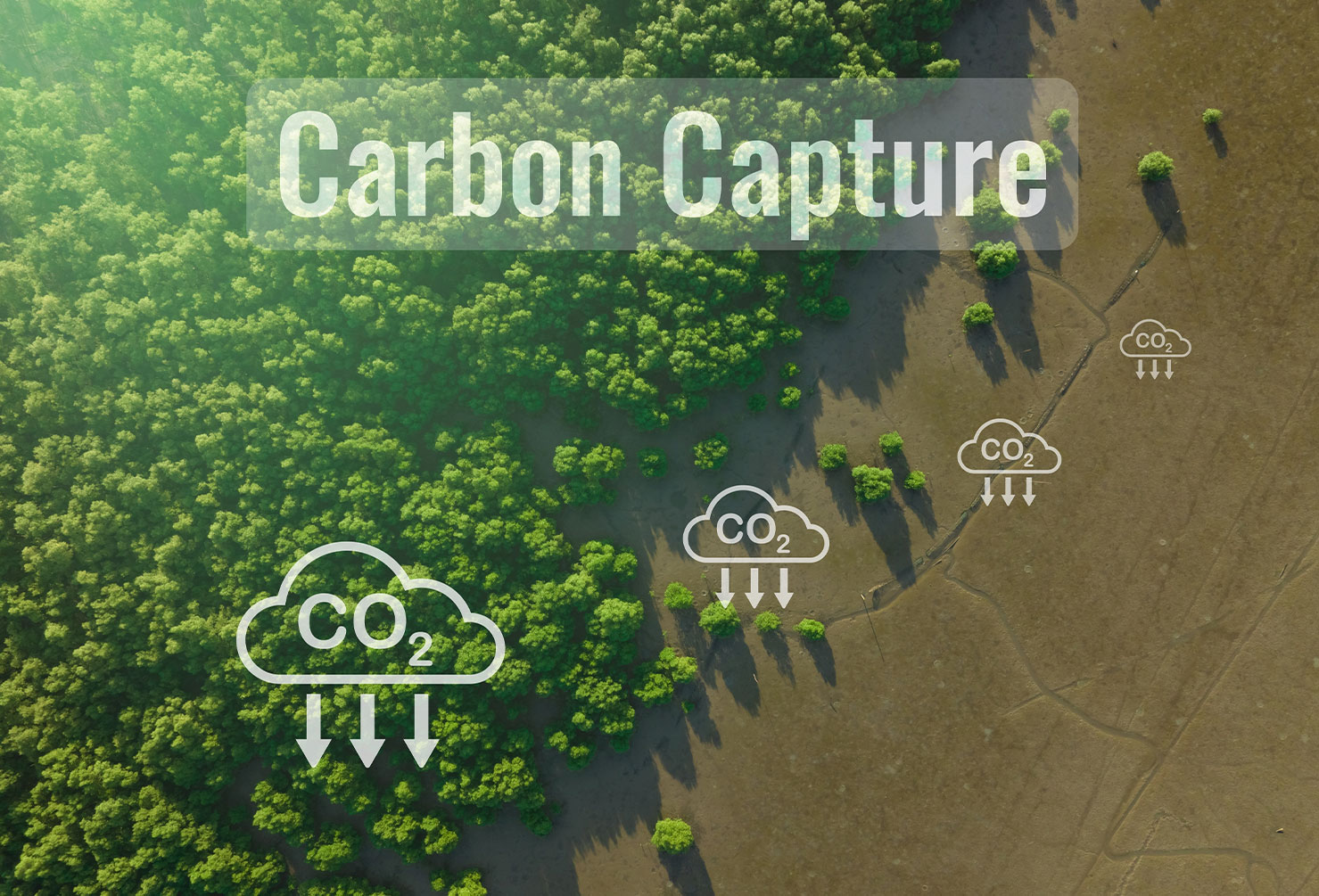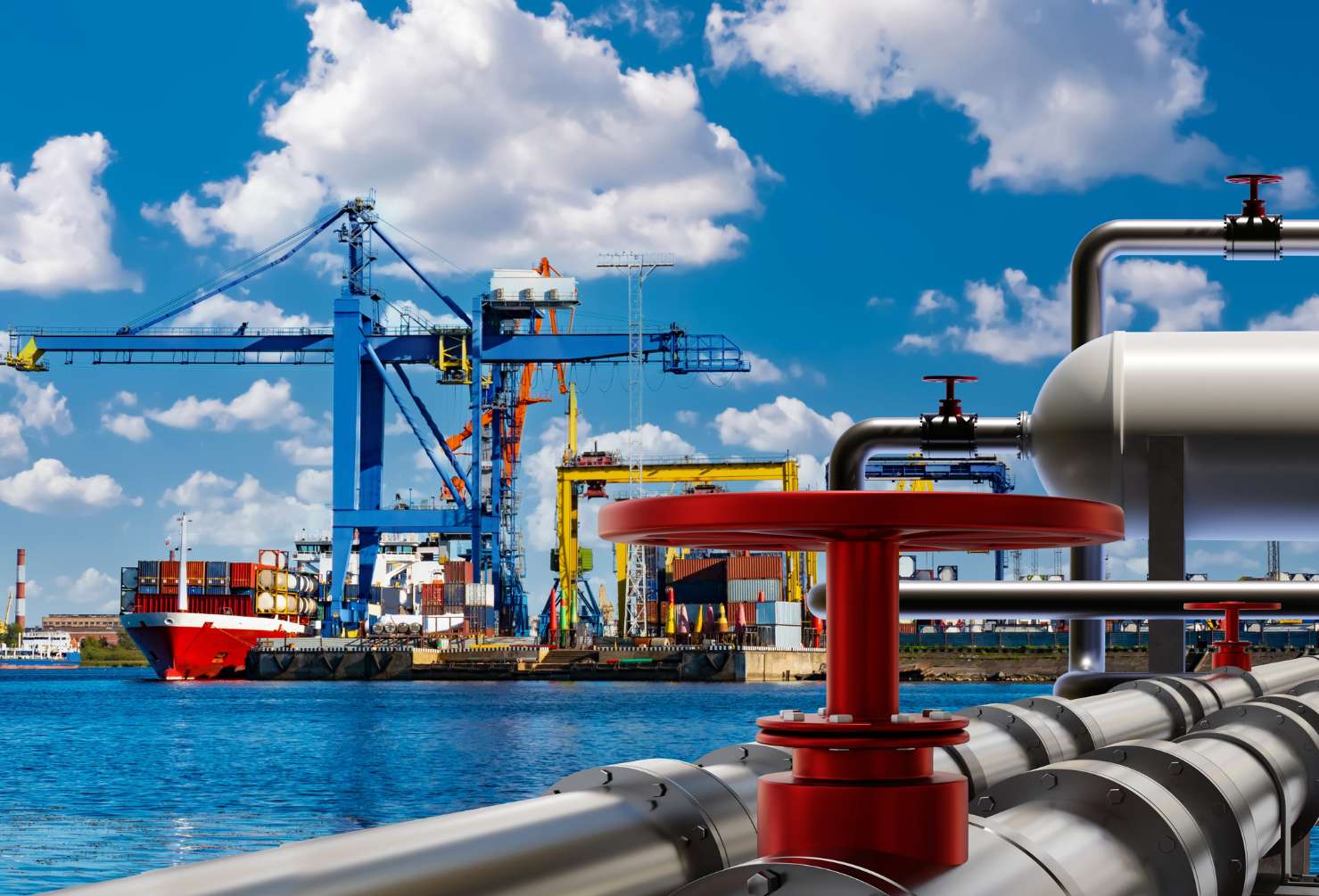
As the world intensifies its efforts to combat climate change, Carbon Capture and Storage (CCS) has emerged as a critical technology for reducing carbon dioxide (CO2) emissions from industrial and energy production processes. In Australia, the oil and gas sector plays a significant role in the economy, but it is also a major source of greenhouse gas emissions. With increasing pressure to decarbonise, the adoption of CCS technology offers a promising pathway for the industry to reduce its carbon footprint while continuing to supply energy. This blog explores the latest developments in CCS in Australia, the opportunities and challenges it presents, and what it means for the future of the oil and gas sector.
Understanding Carbon Capture and Storage (CCS)
Carbon Capture and Storage (CCS) is a process that captures CO2 emissions produced from the use of fossil fuels in electricity generation and industrial processes, preventing CO2 from entering the atmosphere. The captured CO2 is then transported, often via pipelines, and stored underground in geological formations such as depleted oil and gas fields, deep saline aquifers, or unmineable coal seams.
CCS is considered a vital technology for achieving net-zero emissions by mid-century, particularly for sectors that are challenging to decarbonise, such as heavy industry, cement production, and natural gas processing. In the oil and gas sector, CCS can be used to capture emissions from both upstream production facilities and downstream processing plants, including LNG terminals and refineries.
Australia’s CCS Potential and Current Initiatives
Australia is uniquely positioned to lead in CCS development due to its vast geological storage potential and significant expertise in the oil and gas sector. Several factors are driving CCS development in Australia:
1. Favourable Geological Conditions
Australia has extensive sedimentary basins with suitable geological formations for CO2 storage, particularly in offshore locations. The Cooper Basin in South Australia, the Gippsland Basin in Victoria, and the North West Shelf in Western Australia are some of the key areas with significant potential for CO2 storage. These formations offer the capacity to store hundreds of millions of tonnes of CO2 safely and securely.
2. Existing Oil and Gas Infrastructure
Australia’s established oil and gas infrastructure, including pipelines, wells, and offshore platforms, can be repurposed for CCS operations. The availability of this infrastructure reduces the capital costs associated with CCS deployment, making it more economically viable. Additionally, the expertise developed in the oil and gas industry, such as drilling, reservoir management, and subsurface analysis, is directly applicable to CCS.
3. Government Support and Policy Frameworks
The Australian government has recognised CCS as a critical technology for achieving its emissions reduction targets and is providing significant support through funding, incentives, and policy frameworks. The Australian Government’s Technology Investment Roadmap identifies CCS as one of five priority low-emissions technologies, with a goal to reduce the cost of CO2 compression, transport, and storage to under AUD 20 per tonne. This commitment includes investment in CCS research, development, and demonstration projects.
Key CCS Projects in Australia
Several CCS projects are currently underway or in the planning stages in Australia, showcasing the potential of this technology:
- Gorgon CO2 Injection Project: Located off the northwest coast of Western Australia, the Gorgon Project is one of the world’s largest CCS projects. Operated by Chevron, the project aims to capture up to 4 million tonnes of CO2 per year from its LNG plant on Barrow Island and inject it into a deep saline aquifer for permanent storage. Since starting operations in 2019, the project has been a critical demonstration of CCS technology in a large-scale industrial setting.
- Moomba CCS Project: Santos, an Australian energy company, is developing the Moomba CCS project in the Cooper Basin, South Australia. This project aims to capture 1.7 million tonnes of CO2 annually from its gas processing plant and store it in depleted oil and gas reservoirs. The project recently received funding support from the Australian government and is expected to begin operations in 2024.
- CarbonNet Project: Located in Victoria’s Gippsland Basin, the CarbonNet project is a joint venture between the Australian and Victorian governments to establish a CCS network that captures CO2 emissions from multiple sources, such as power plants and industrial facilities, and stores it in offshore geological formations. The project is currently in the feasibility stage, with plans to develop a commercial-scale CCS hub that could store up to 5 million tonnes of CO2 per year.
- South West Hub CCS Project: The South West Hub project in Western Australia is another significant CCS initiative. It aims to assess the feasibility of capturing CO2 emissions from industrial sources in the Kwinana Industrial Area and transporting them to a storage site in the Lesueur Sandstone formation. The project is focused on conducting geological and technical assessments to establish the storage potential and safety of the site.
Opportunities for the Oil and Gas Sector
CCS offers several opportunities for the oil and gas sector in Australia, allowing companies to align with global decarbonisation efforts while maintaining their core business:
1. Decarbonising Operations
CCS provides a pathway for oil and gas companies to reduce their carbon emissions and meet increasingly stringent environmental regulations. By capturing CO2 emissions from gas processing, LNG production, and other downstream operations, companies can lower their carbon footprint and enhance their sustainability credentials. This is particularly important as investors, customers, and regulators increasingly demand climate action and emissions reduction from the sector.
2. Enhancing Oil Recovery
In addition to storing CO2, CCS technology can be utilised for Enhanced Oil Recovery (EOR) in mature fields. By injecting CO2 into depleted oil reservoirs, companies can increase oil production while simultaneously storing CO2 underground. This dual benefit can provide a new revenue stream for oil and gas companies while contributing to emissions reduction.
3. Leveraging Existing Expertise and Infrastructure
The oil and gas sector’s extensive experience in subsurface operations, reservoir management, and pipeline transportation makes it well-suited to lead CCS deployment. Companies can leverage their existing infrastructure, such as pipelines and injection wells, and repurpose them for CO2 transport and storage. This reduces the capital costs associated with CCS projects and accelerates their implementation.
4. New Business Models and Revenue Streams
As the demand for low-carbon solutions grows, CCS presents opportunities for oil and gas companies to diversify their business models and develop new revenue streams. By providing CCS as a service to other industries, such as cement, steel, and chemicals, oil and gas companies can position themselves as leaders in the emerging low-carbon economy. This diversification can help mitigate the risks associated with the transition away from fossil fuels and provide new growth opportunities.
Challenges and Considerations
While CCS holds significant promise, several challenges must be addressed to scale its deployment in Australia’s oil and gas sector:
1. High Costs and Economic Viability
One of the primary challenges of CCS is its high cost, particularly for capture and compression. While storage costs are relatively low, the capital and operational expenses associated with capturing CO2 from industrial processes can be substantial. Reducing these costs through technological advancements, economies of scale, and government support will be critical to making CCS economically viable for widespread adoption.
2. Regulatory and Policy Frameworks
Clear and consistent regulatory frameworks are essential to support the growth of CCS. This includes establishing legal and regulatory requirements for CO2 storage, monitoring, and reporting, as well as creating financial incentives, such as carbon pricing or tax credits, to encourage investment. Developing robust regulatory frameworks that ensure the safety and environmental integrity of CCS operations will be crucial for gaining public and industry support.
3. Public Perception and Social License to Operate
Public perception and acceptance are critical factors for the successful deployment of CCS. There is a need to educate the public about the benefits of CCS, its safety, and its role in achieving emissions reduction targets. Engaging with local communities, stakeholders, and Indigenous groups to address their concerns and build trust is essential to gaining a social license to operate. Transparent communication and community involvement in project planning and decision-making processes will be key to fostering acceptance and support.
4. Technical Challenges and Risks
CCS involves complex technical challenges, including ensuring the long-term integrity of storage sites, managing the risks of CO2 leakage, and monitoring stored CO2 to verify its permanence. Advances in monitoring and verification technologies are needed to provide confidence in the safety and effectiveness of CCS operations. Addressing these technical challenges and demonstrating successful projects will be critical to scaling up CCS deployment.
The Future of CCS in Australia’s Oil and Gas Industry
The future of CCS in Australia’s oil and gas industry is promising, but its success will depend on overcoming the challenges and capitalising on the opportunities. Key steps for the industry moving forward include:
- Accelerating Research and Development: Continued investment in R&D is essential to improve the efficiency and cost-effectiveness of CCS technologies. Partnerships between government, industry, and research institutions can drive innovation and bring new technologies to market.
- Building Strategic Partnerships: Collaborating with other sectors, such as heavy industry and power generation, can help create a robust CCS network and achieve economies of scale. Strategic partnerships with international players can also enhance knowledge sharing and attract investment.
- Enhancing Policy Support: Developing supportive policy frameworks that provide financial incentives, regulatory certainty, and public funding for CCS projects will be critical to scaling up deployment. Policies that align with global climate goals and provide a clear pathway for CCS adoption will encourage investment and build market confidence.
- Engaging with Communities and Stakeholders: Building public trust and gaining a social license to operate will require transparent communication, community engagement, and addressing stakeholder concerns. Involving communities in project planning and decision-making processes can help foster acceptance and support for CCS initiatives.
Carbon Capture and Storage (CCS) represents a significant opportunity for Australia’s oil and gas sector to reduce its carbon footprint, comply with regulatory requirements, and contribute to global decarbonisation efforts. While there are challenges to overcome, the potential benefits of CCS, including decarbonising operations, enhancing oil recovery, and creating new business models, make it a compelling solution for the industry’s future. By embracing CCS and leveraging its expertise, infrastructure, and innovation, Australia’s oil and gas sector can play a leading role in the transition to a low-carbon economy and secure its position in the evolving global energy landscape.





